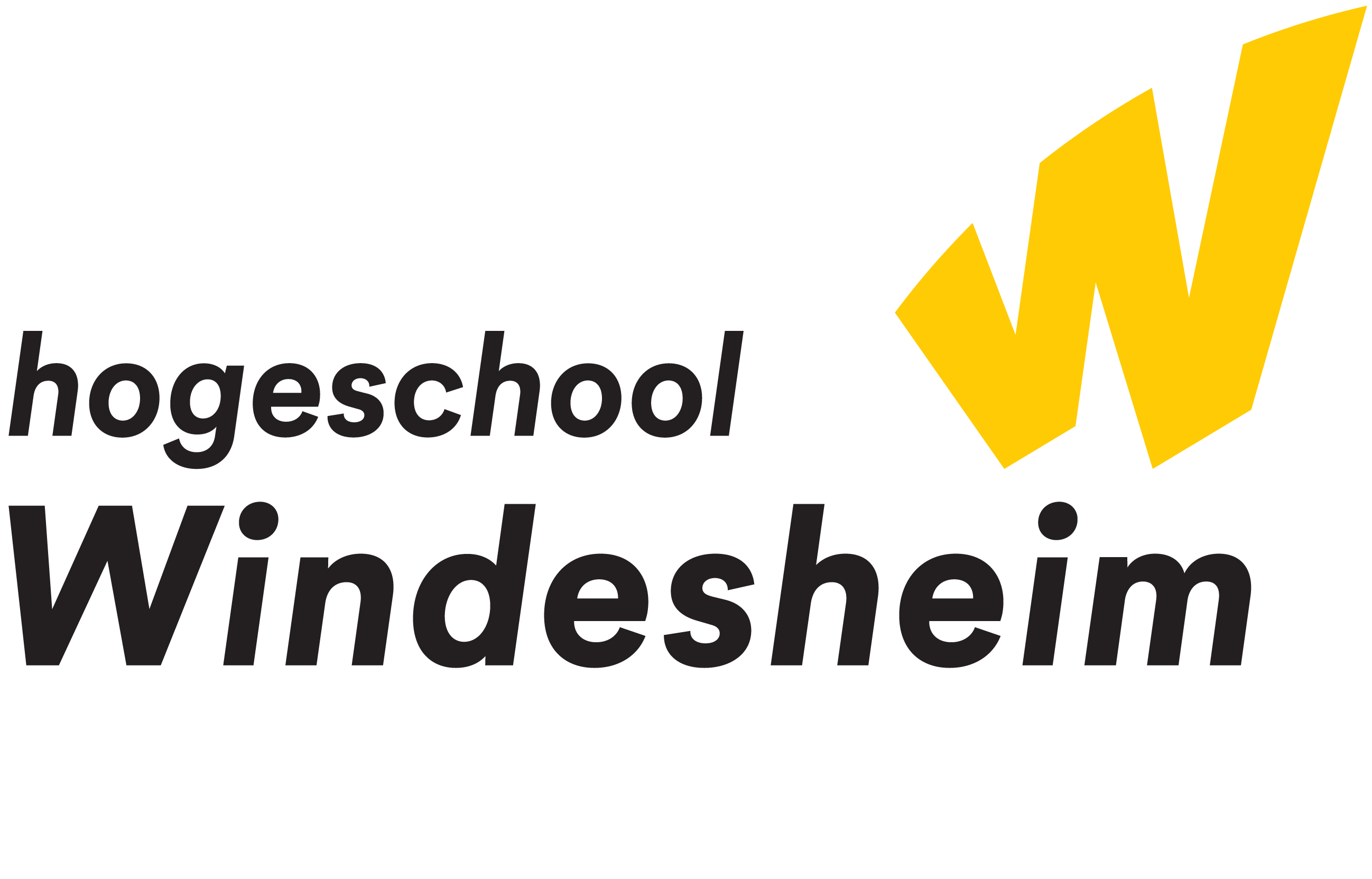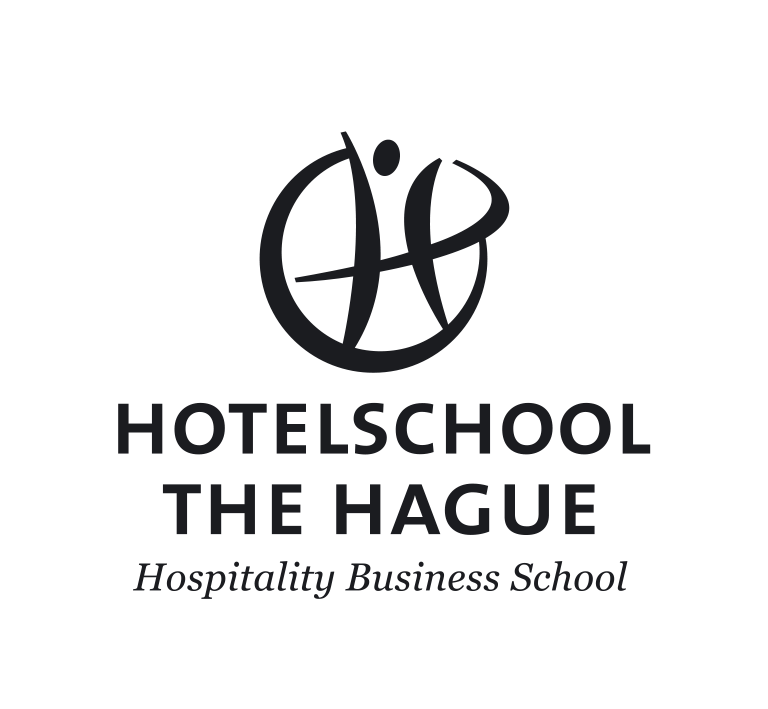Curious hands. space + sound in learning making
Curious hands. space + sound in learning making
Samenvatting
Curious hands Research project Conference: Curious Hands Space+Sound in Learning MakingThe global pandemic and its aftermath have made it once again clear that ‘making with our hands’ is beneficial in numerous ways; it contributes to our physical and mental health, stimulates our creativity and intellect, creates social interaction and cohesion, fosters ecological awareness and sustainable thinking. Yet practical aspects of making, especially in educational settings, remain underexplored and the question how making is learned and taught is in need of further investigation in order to help making move to the core of education. Building on a theoretical framework that combines ‘educational communities of practice’ with the notion that ‘making is thinking’ and foregrounds the affordances of materials, objects, tools, people, and processes, the conference concentrates on space + sound.space: How do actual physical spaces and their architectures and lay-outs, i.e., the learning environment where materials, tools and makers interact, afford/hinder/improve processes of learning making? How does the arrangement of the immediate workspace, and the machines, tools, materials within afford/hinder/improve/structure the processes of learning making?sound: How do actual physical spaces and their architectures and lay-outs, i.e., the learning environment where materials, tools and makers interact, afford/hinder/improve processes of learning making? How does the arrangement of the immediate workspace, and the machines, tools, materials within afford/hinder/improve/structure the processes of learning making?How do sounds that accompany or are being produced in the process of making relate to the learning making process? Which language (technical terminology, metaphors) is used for instructions or tasks? Do sounds (spoken word, singing, humming, utterings; noisesmade by machines, tools and materials; music or silence) afford/ hinder/improve/structure processes of learning making? How are onomatopoeia and other material or haptic languages used to translate specific sounds that materials and machines make into languages of instruction?These aspects are explored for educational contexts in which making is learned and taught, including workshops at art academies and vocational schools, maker spaces in high schools and universities, as well as conservation and restoration workshops.

| Organisatie | Hanze |
| Datum | 2024-03-21 |
| Type | Conferentiebijdrage |
| Taal | Nederlands |






























